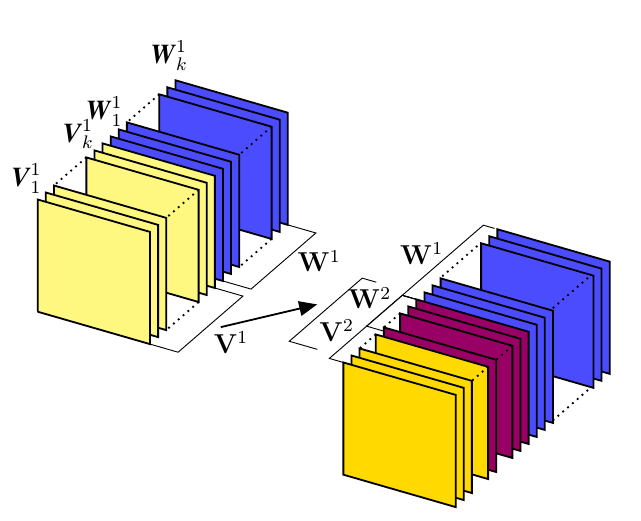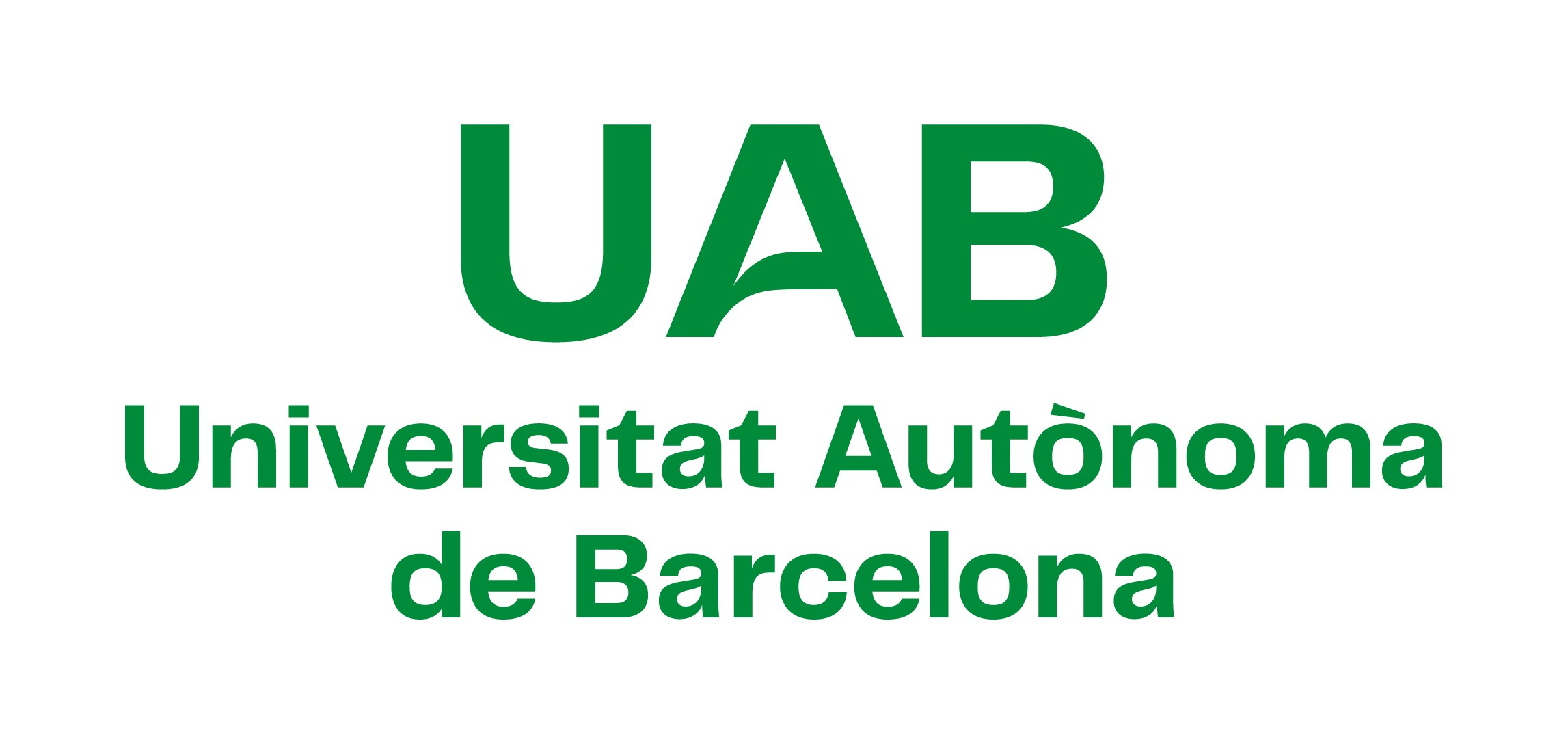The Group on Interactive Coding of Images (GICI) focuses on the study, design and implementation of image coding and transmission techniques and standards.
GICI collaborates with other research groups and organizations in national and international research projects and is open to new collaborations with other researchers. Students can also do their Master and Ph.D. theses with us.
GICI belongs to the Department of Information and Communications Engineering (DEIC) at the Universitat Autònoma de Barcelona (UAB). You can visit us here.
The GICI group is continually pushing the state of the art of image coding and transmission. As a result, we publish research papers and release software tools on a regular basis.
Some of the topics we are currently most interested in are the following:
In GICI we are permanently investigating new compression methods
for remote sensing data produced onboard satellites.
 We focus on developing algorithms with improved compression ratios,
lower complexity and energy consumption,
which can also guarantee a desired image quality
for the images' purpose. These are our main areas of interest in remote sensing:
We focus on developing algorithms with improved compression ratios,
lower complexity and energy consumption,
which can also guarantee a desired image quality
for the images' purpose. These are our main areas of interest in remote sensing:

Multispectral and Hyperspectral images contain from tens to hundreds of spectral bands, each of which selectively detects some frequencies of light. In this way, we can observe not only visible light, but also infrared and ultraviolet radiation, which are extremely useful for Earth and Space observation tasks.
The high number of bands represents a challenge for efficient compression due to the increased complexity and energy requirements. At the same time, redundancy among the bands can be exploited to produce highly compact representation of the images.
We actively pursue this opportunity by researching novel spectral transforms and prediction models that can be efficiently applied onboard actual satellites.
Lighter, cheaper satellites are starting to take over space. Earth observation is not limited to space agencies and big corporations anymore, and new players are deploying constellations of satellites to supply data for new and exciting applications.

Satellite constellations produce unprecedented, ever-growing amounts of image data that must be transmitted with limited bandwidth and energy availability.
In GICI, we are creating algorithms specifically designed for satellite constellations, bearing in mind the aforementioned limitations, while also exploiting new and stimulating characteristics of the produced images and of the available hardware.
The Consultative Committee for Spatial Data Systems is an international forum conglomerating space agencies, aerospace companies and knowledge centers with the goal of producing and maintaining communication standards for remote sensing.

GICI regularly participates at the Data Compression work group, having made major contributions to published and under development standardization efforts, under the sponsorship of CNES.
In GICI we investigate cutting-edge approaches to compression, upcoming image types, and methods to provide innovative features to compression. Currently, we are particularly interested in three such paradigms: graph-based compression, point-cloud image coding and compressed data structures.
With graph-based compression it is possible to better represent the images' underlying structure. This can be exploited in multiple ways, for example to enhance prediction algorithms by considering only structurally-close pixels. In GICI we are creating original signal processing techniques to be applied on image graphs in order to enhance compression ratios and to guarantee desirable properties of the reconstructed images.
Point-cloud images contain a large number of pixels that are situated in space, as opposed to regular images where pixels are contained in a flat 2D matrix. However, the irregular layout poses a significant challenge to traditional compression algorithms, which implicitly assume a flat, regular layout. We are currently working to create a new class of compression methods that fully exploit the heterogeneous structure of point-cloud images, exhibiting reasonable computational complexity and producing compressed bitstreams with progressivity and scalability features.
In GICI we are also investigating novel compressed data structures for image compression. Compact data structures are data structures that are stored in reduced space in a compact form. Functions can be used to access and query each individual or groups of data directly in an efficient manner without an initial decompression. This compact data should also have a size which is close to the information-theoretic minimum. One of the advantages of using compact data structures is that the compressed data form can be loaded into main memory and accessed directly. The smaller compressed size also helps data transfer through communication channels more speedily. The other advantage is that there is no need to compress and decompress the data as is the case with data compressed by a classical compression algorithm such as gzip or zip.





